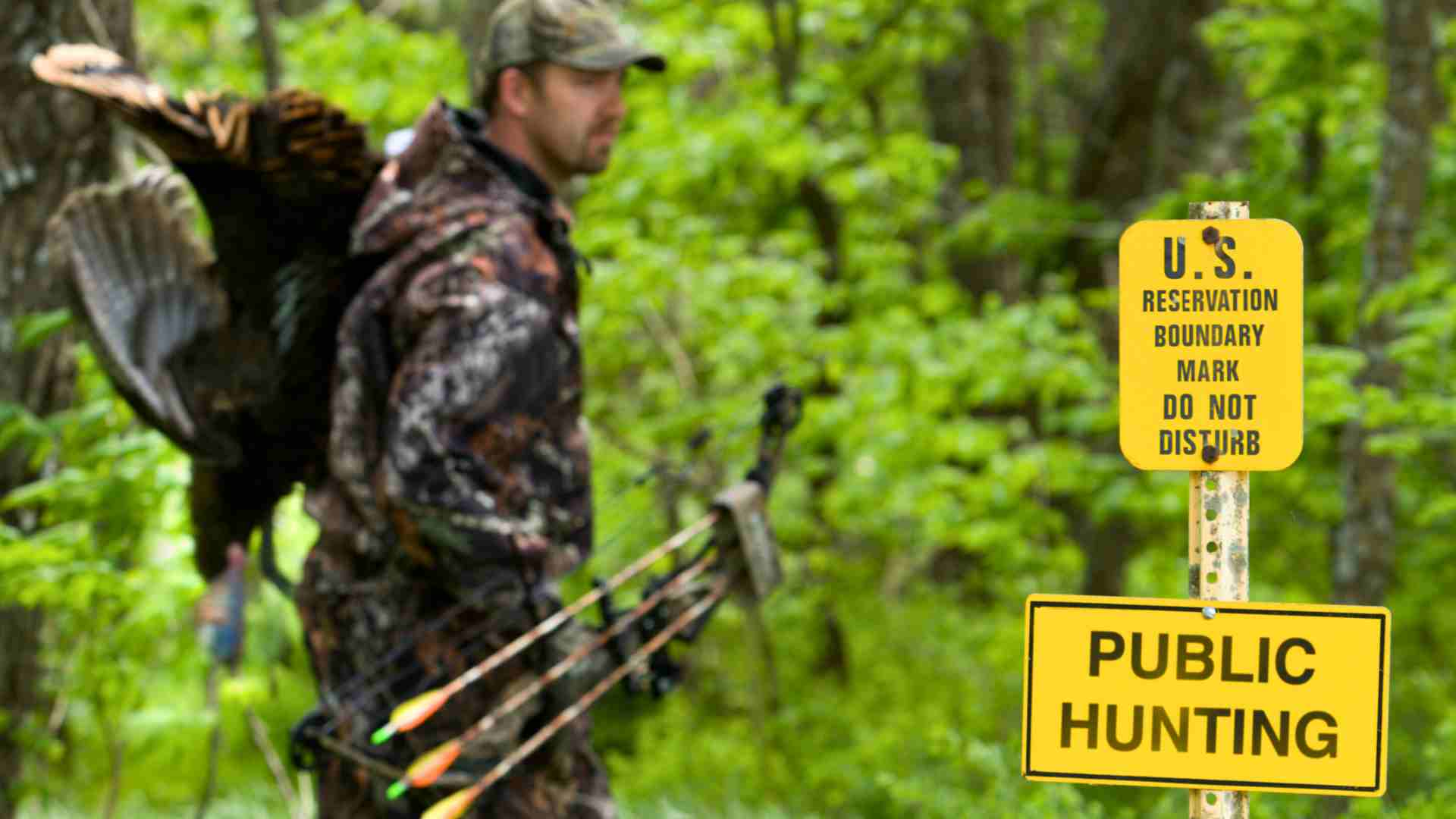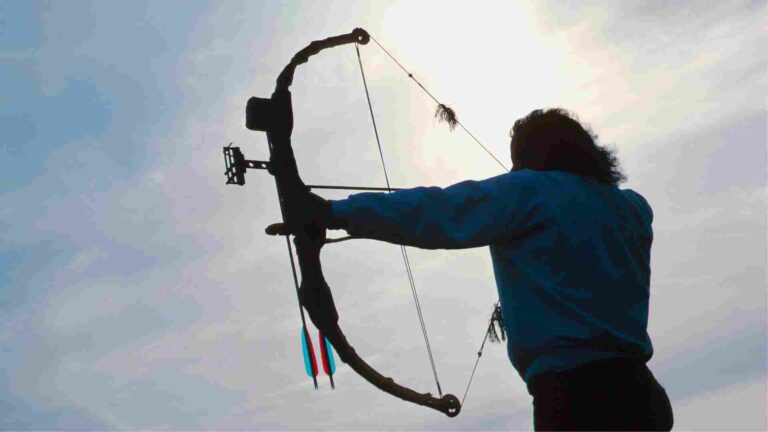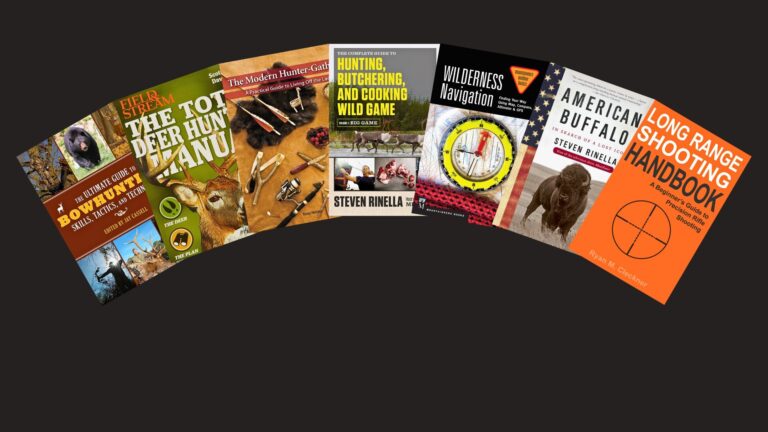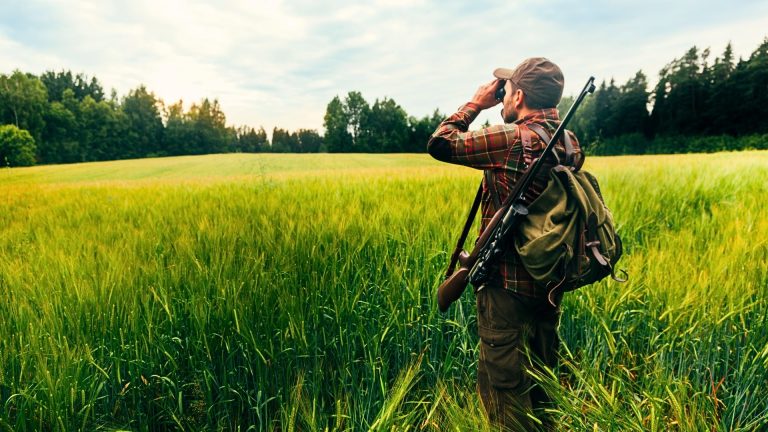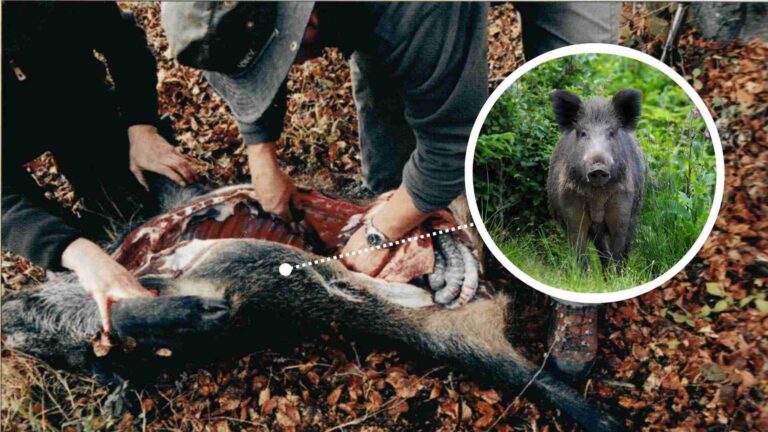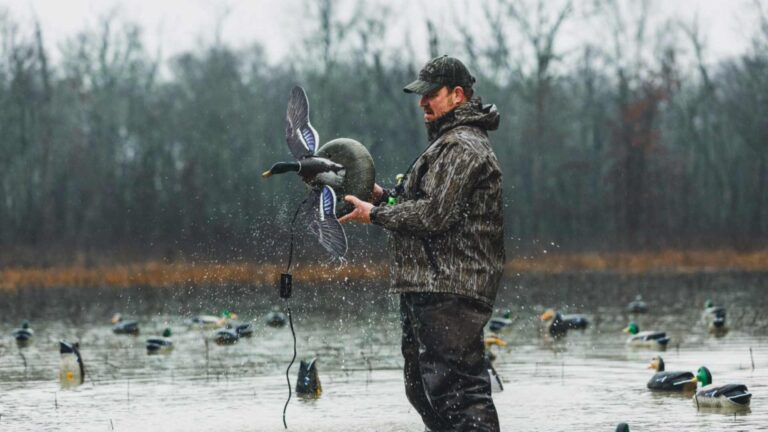How to Find a Good Hunting Spot on Public Land
In this guide, we’ll break down the process into simple steps, so you will easily learn how to find a good hunting spot on public land!
Why Choose Public Land for Hunting?
You might be thinking that hunting on private property is the absolute best way to hunt, and that hunting on public land is overcrowded, noisy, and not relaxing at all. While you may partially be right, hunting on public land can still be a thrilling and fun experience, if you know how to approach it.
Accessibility
Public lands are open to everyone, providing a fair playing field where your skills and knowledge are your most valuable assets. This not only makes hunting on public land accessible but also promotes a sense of companionship among hunters. You’ll meet fellow outdoor enthusiasts, exchange tips and stories, and, in the process, build a community that shares your passion for the great outdoors.
What makes public lands even more appealing is that they do not discriminate. There’s no exclusivity based on your background or connections, which resonates with a lot of people.
Public lands also go the extra mile to ensure that hunting is accessible to all, including those with disabilities. Many of these lands offer accessible facilities and accommodations, such as wheelchair-accessible blinds and trails. Some even have specialized programs designed to guarantee that everyone, regardless of their physical abilities, can enjoy the thrill of the hunt.
When learning how to find a good hunting spot on public land, also consider its proximity to your home. Closer locations are easier to scout and hunt regularly.
Cost-Effective
This one is pretty obvious.
Unlike private hunting grounds, which often come with hefty leasing fees, membership costs, or the pressure of expensive club dues, public lands offer a budget-friendly option. When you hunt on public land, your primary expenses typically revolve around hunting permits, necessary gear, and transportation. These costs are generally reasonable and accessible to most hunters.
Private hunting leases can be quite expensive, and securing one can be a competitive and exclusive process. In contrast, public lands are open to all hunters at a fraction of the cost. This affordability means you can allocate more of your resources to high-quality gear, which can significantly enhance your hunting experience.
Furthermore, you can invest the money you save on land leasing in high-quality gear that will improve your hunting experience.
Variety of Game
Public lands are a treasure trove for hunters seeking diversity in their game.
Whether you’re an avid deer hunter, a waterfowl enthusiast, or interested in pursuing upland birds, public lands can cater to your preferences.
For big game hunters, public lands offer opportunities to harvest deer, elk, bear, and even wild turkey, depending on your location. The presence of diverse ecosystems, including forests, grasslands, and wetlands, means that you can find the perfect environment for your chosen game.
Waterfowl hunters, too, find public lands to be a haven. Many public lands encompass wetlands, ponds, and lakes where ducks and geese congregate, making it an excellent destination for waterfowl hunting. These areas often attract migrating waterfowl during their seasonal journeys, providing an exciting and dynamic hunting experience.
Upland bird hunters can also rejoice in the variety offered by public lands. From pheasants and quail to grouse and partridges, different regions host different species. Exploring public lands allows you to pursue a range of upland game birds, which is what public land hunting is really all about…
All in all, public lands offer hunters a ton of game species to pursue, making each hunting trip a fresh adventure.
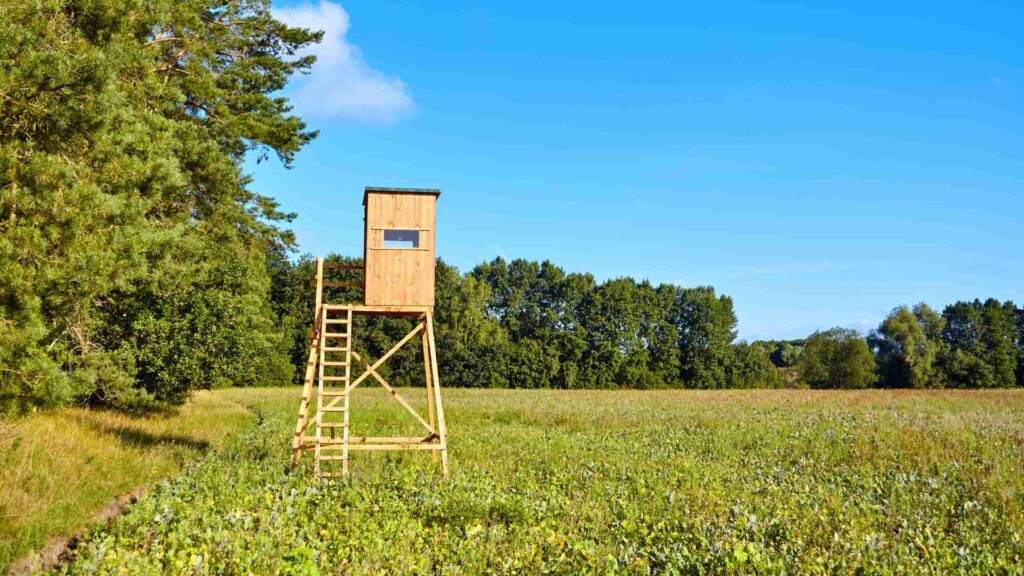
Research is Key
No matter where you’re going, you need to do some good ol’ research (that is, if you want your hunt to be successful, which I reckon you do…).
It might be the most boring part of your trip, but an important one nonetheless.
So let’s get into it.
Check Local Regulations
Different public lands may have varying hunting regulations and seasons. It’s crucial to know the rules of the area you plan to hunt in. Contact your state’s wildlife agency or visit their website for up-to-date information.
Checking local hunting regulations is like deciphering the playbook of a game. It’s not just about following the rules; it’s about playing responsibly and ensuring the longevity of the sport. Ignoring these regulations can have severe consequences, both legally and ethically.
So, take the time to thoroughly understand and abide by these regulations.
Pro Tip: Download digital copies of hunting regulations and maps to your phone for quick reference in the field.
Online Mapping Tools
Online mapping tools are your modern-day treasure maps for successful hunting on public land.
They allow you to scout potential hunting spots from the comfort of your home. Whether you’re using Google Maps or specialized hunting apps, these tools enable you to analyze terrain, pinpoint water sources, and identify food-rich areas.
By using satellite imagery and topographic maps, you can strategize your approach, saving valuable time and energy in the field.
However, I would still suggest that you don’t rely on electronic navigational devices when you’re on the field. Remember, you can have the best and latest GPS device, but if the battery goes out, it doesn’t do you any good.
In that case, the knowledge of primitive survival and navigational skills can be a deciding factor whether you make it home in once piece, or not be so lucky…
Pro Tip: Use satellite imagery to identify natural features that attract game, such as water holes, clearings, or dense vegetation.
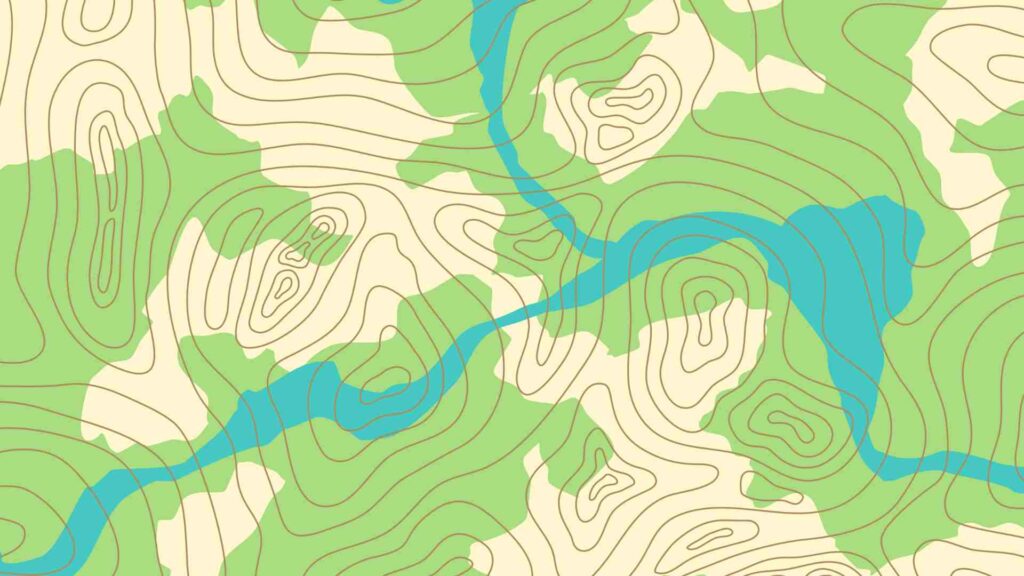
Hunt Area Reports
Hunt area reports are like the insider’s guide to successful hunting on public land.
These reports offer critical insights into game populations, hunter success rates, and the lay of the land. Armed with this knowledge, you can make informed decisions about where to set up your hunting blinds or stake out your position.
Think of hunt area reports as your secret weapon, providing help in the pursuit of your target game. So, take the time to study these reports diligently.
Pro Tip: Combine hunt area reports with on-the-ground scouting to verify the accuracy of the information and make more informed decisions.
Location Scouting
Once you’ve done your homework, it’s time to hit the field.
On-Site Exploration
There’s no substitute for getting boots on the ground.
Visit the public land you’re interested in well before hunting season to scout the terrain, identify game trails, and assess the lay of the land.
When you’re physically present in your chosen hunting area, you become attuned to the cues of nature. You’ll spot game sign, tracks, scat, and well-trodden trails, all of which offer critical clues about recent animal activity.
Moreover, you’ll have the chance to assess natural features such as water sources, food plots, and sheltered areas, which are magnets for wildlife.
In essence, on-site exploration is where theory meets practice, transforming your hunting adventure on public land into a journey of discovery and success.
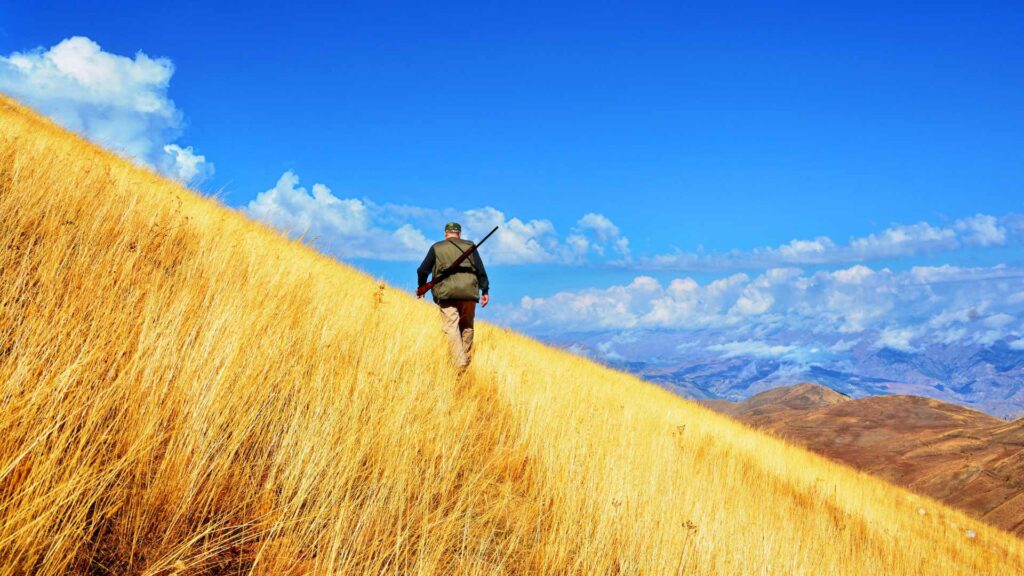
Pro Tip: Use trail cameras to monitor game activity in your chosen area throughout the year, providing valuable insights into their habits. Always check your local regulations on trail cam policy.
Talk to Locals
Local knowledge is gold.
Strike up conversations with fellow hunters, nearby landowners, or even park rangers. They can provide insider tips on prime hunting spots, the behavior of local game, and even share stories of past successes.
It’s an opportunity to connect with like-minded individuals who share your passion for the outdoors and can become invaluable sources of guidance during your hunting adventures.
Always be respectful and approach locals with genuine curiosity. Building positive relationships can lead to lifelong hunting buddies.
So, don’t hesitate to reach out and learn from the experts who call the area home.
Timing is Everything
Hunting success largely depends on being in the right place at the right time.
Seasons
Each season brings its unique set of conditions that directly influence wildlife behavior
For example, during the breeding season, animals are more active as they search for mates, making it an opportune time for hunters. On the other hand, the colder months often push wildlife to lower elevations, making them more accessible.
This is all vital information that you can take to your advantage.
By syncing your hunting strategy with the seasons, you increase your odds of success on public land while respecting the natural rhythms of the wildlife you pursue. It’s the essence of ethical and sustainable hunting, bringing you closer to the thrill of the chase while respecting the natural world.
Understanding the natural behavior of your target game during different seasons can be a game-changer. Study their breeding, migration, and feeding patterns to increase your chances of a successful hunt.
Weather
Observing and adapting to weather conditions can significantly impact your hunting success.
For example, cool, overcast days often prompt increased activity among game animals like deer. On the other hand, rainy or windy weather can make animals more skittish and harder to approach. Snowfall can provide opportunities to track game but can also pose challenges in terms of visibility and mobility.
Understanding these nuances and being prepared for various weather scenarios is key to a successful hunt. Keep an eye on weather forecasts, dress accordingly, and be ready to adjust your hunting strategy based on the conditions you encounter.
Pro Tip: Dress in layers and pack essentials like rain gear to stay comfortable in changing weather conditions.
Trial and Error
Each unsuccessful hunt is a valuable lesson.
Don’t be discouraged if your initial attempts fail. Even seasoned hunters have faced setbacks. Adaptability becomes your second nature as you learn to navigate changing game patterns and unpredictable conditions.
Embrace trial and error as an integral part of the adventure, knowing that with each attempt, you’re getting closer to discovering that perfect hunting spot on public land.
Persistence pays off in the world of hunting (…and while we’re at it, life in general).
Pro Tip: Keep a hunting journal to record your experiences, including unsuccessful hunts. Over time, you’ll learn from your mistakes and improve your skills.
Conclusion
Learning how to find a good hunting spot on public land may require some effort and research, but the rewards are well worth it.
So grab your gear, embrace the adventure, and get ready for your next hunting expedition.
Happy hunting, and may you find the perfect spot for your next big trophy!
FAQ
How do I find public hunting land near me?
To find public hunting land near you, consider using onX Hunt or Huntstand. These apps provide detailed maps, boundary information, and public land data, helping you pinpoint accessible hunting areas in your region with ease. Additionally, check with your state’s wildlife agency for maps and resources specific to your location.
What state has the best public land deer hunting?
Several states offer excellent public land deer hunting, but the top choices are often considered to be Kentucky, Iowa, Illinois, and Ohio.
What state has the most public hunting land?
Alaska has the most public hunting land in the United States, with over 271 million acres of open hunting land (almost 75% of the entire state).
How much public hunting land is in Texas?
Texas has approximately 1.5 million acres of public hunting land.
